Metro’s Board of Directors will host six public hearings in Washington, D.C., Maryland and Virginia beginning Feb. 27, where members of the public may provide formal testimony regarding the budget and fare proposals. Members of the public may provide formal testimony regarding the budget and fare proposals, which are included in the docket of budget actions. The proposed operating and capital budgets for the next fiscal year support the critical rebuilding of the Metro system, and improving safety and reliability. The budget also provides service enhancements such as additional rush hour rail service, improved escalator maintenance, enhanced bus corridor services, increased security and continued compliance with National Transportation Safety Board (NTSB) recommendations.
Preceding each of the formal public hearings, Metro will host an hour-long Open Forum with multimedia stations to engage stakeholders and solicit public input. The Open Forum will include a video presentation on Metro’s rebuilding program, tables staffed by senior Metrobus, Metrorail, MetroAccess, SmarTrip and police officials who will be available to talk with participants and answer individual questions, and a third station where computers will be made available to take an online survey regarding Metro’s priorities, as well as to submit written comments for the record.
Details and directions for transit travel to the public sessions are available on Metro’s website or via the hyperlinks below. Open forums begin at 6 p.m., followed by the public hearings at 7 p.m. The hearings will take place as follows:
Monday, Feb. 27
Bethesda Chevy Chase Regional Services Center – Hearing 569
4805 Edgemoor Lane
Bethesda, MD
Wednesday, Feb. 29
Mary Ellen Henderson Middle School Cafeteria – Hearing 570
7130 Leesburg Pike
Falls Church, VA
Thursday, March 1
Matthews Memorial Baptist Church – Hearing 571
John H. Kearney, Sr. Fellowship Hall
2616 Martin Luther King Jr. Ave., SE
Washington, DC
Monday, March 5
Washington Lee High School Cafeteria – Hearing 572
1301 N Stafford St
Arlington, VA
Tuesday, March 6
St. Columba’s Episcopal Church – Hearing 573
4201 Albemarle Street, NW
Washington, DC
Wednesday, March 7
First United Methodist Church – Hearing 574
6201 Belcrest Road
Hyattsville, MD
Written statements and exhibits may be sent to the Office of the Secretary, Washington Metropolitan Area Transit Authority, 600 Fifth Street, N.W., Washington, D.C. 20001, or e-mailed to writtentestimony@wmata.com. Statements also may be faxed to 202-962-1133. Please reference the hearing number. Submissions must be received by 5 p.m. on Monday, March 12. A survey on possible options to balance the budget will be available on Metro’s website from 5p.m. on Wednesday, Feb. 22 until 5 p.m. on Monday, March 12.
Additional information can be found in the press release.

















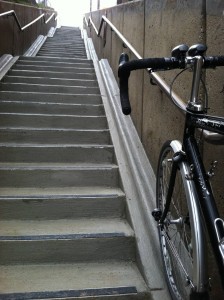
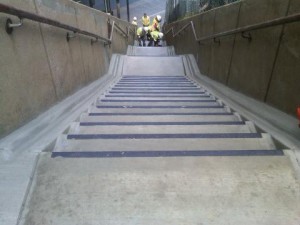
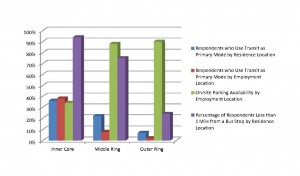




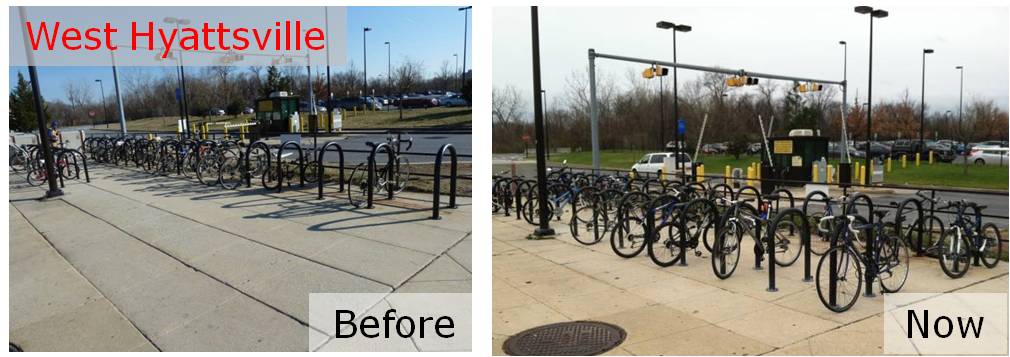
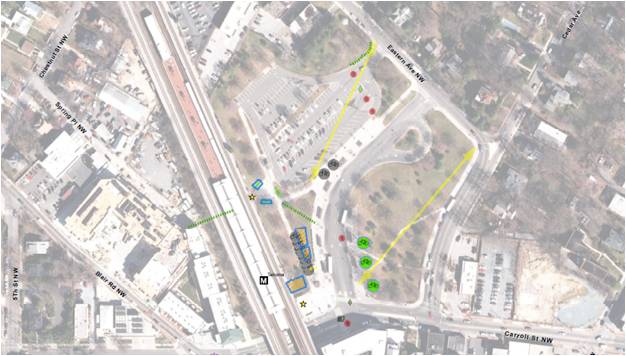
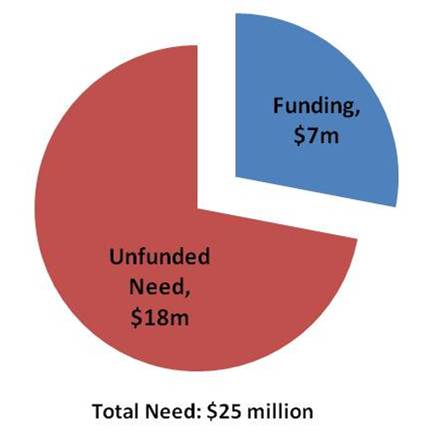
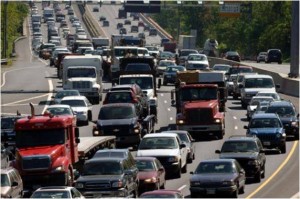
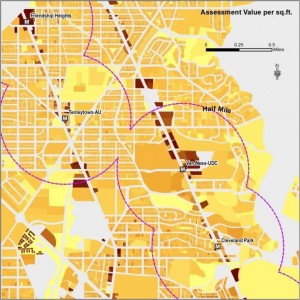


Recent Comments